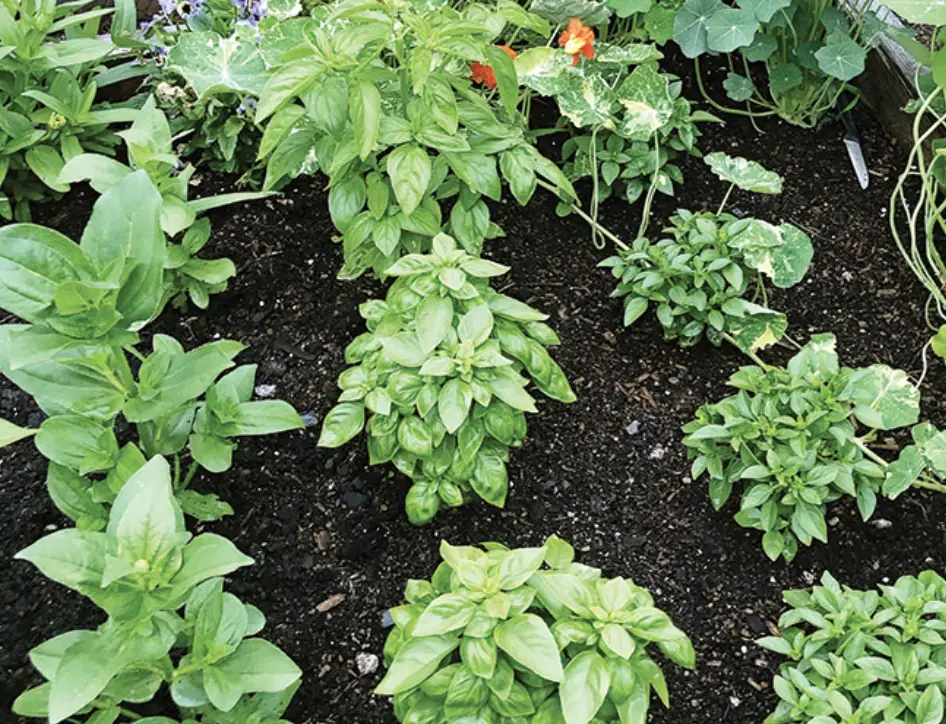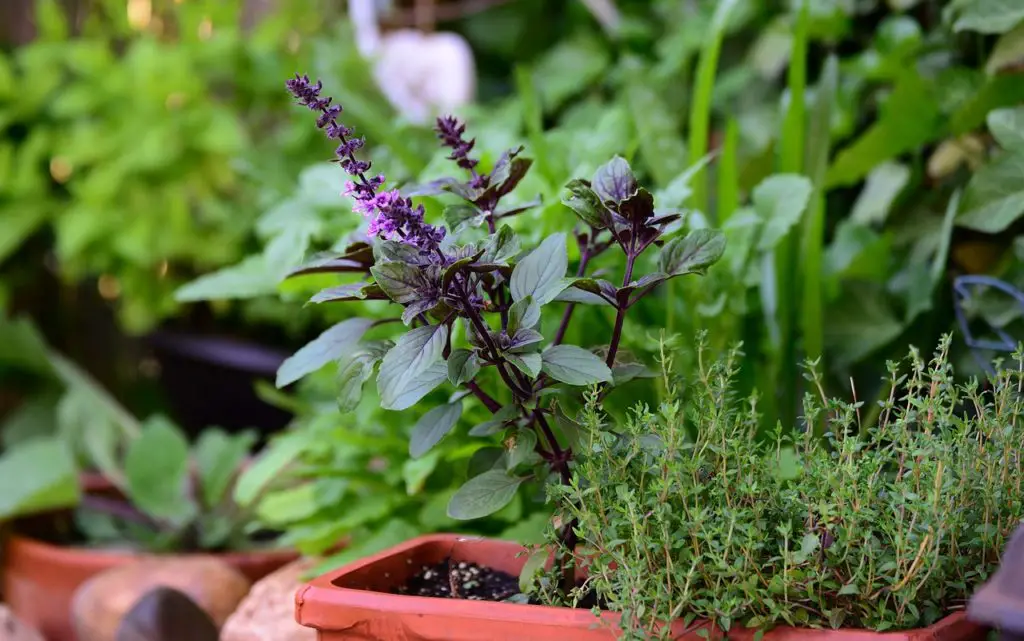
Discovering the perfect soil for growing basil is key to cultivating a lush, aromatic herb garden. Basil, a staple in culinary traditions worldwide, thrives in soil that strikes a delicate balance between moisture retention and drainage. This introductory guide will explore the ideal soil composition for nurturing basil, from the preferred pH levels to the organic matter that enriches the soil and boosts growth. Whether you’re a seasoned gardener or a novice with a budding green thumb, understanding the soil requirements for basil will set the foundation for a thriving, fragrant harvest that enhances your cooking and graces your garden.
Best Soil For Basil
The best soil for basil is well-draining, nutrient-rich, and slightly acidic to neutral (pH 6.0-7.0). Incorporating organic matter like compost enhances fertility, promoting lush growth. Proper soil composition ensures adequate moisture retention and aeration, key factors for healthy basil roots and vibrant leaves, essential for culinary use.
Different Varieties Of Soil
Basil thrives in fertile, well-drained loamy soils abundant in organic matter. When selecting a site for basil, prioritize areas with good air circulation around the plants. This ensures the health and productivity of the basil by promoting optimal growth conditions and reducing the risk of disease. Such environments provide the perfect blend of moisture retention and drainage, essential for the development of this aromatic herb.
Soil Preparation
Select a sunny spot in your garden for planting, as basil thrives in full sunlight. Conduct a soil test to assess nutrient needs and adhere to the provided fertilizer recommendations. If necessary, incorporate the advised fertilizer evenly into the top 6 inches of the soil to ensure optimal nutrient distribution. When using compost as fertilizer, limit application to no more than 1 inch of well-composted organic material per 100 square feet, enhancing soil fertility without over-saturation. This preparation sets the stage for healthy plant growth.
Spacing Your Basil Plants
For optimal basil growth, sow seeds 1/8 inch deep and ensure consistent soil moisture. Full sun enhances essential oil content and flavor. Initially, thin seedlings to 3-4 inches apart, gradually spacing them to a final distance of 12 inches for ample growth room. Utilize thinned seedlings by eating or transplanting them. Consider container gardening to maximize space and yield on patios, remembering that potted basil requires frequent watering and feeding. Be mindful that high temperatures and water stress can induce flowering, affecting flavor and halting leaf production.
Fertilizing The Soil
Fertilizing basil soil effectively involves incorporating a balanced, slow-release fertilizer at planting time to support initial growth. Organic options like compost or fish emulsion can enhance soil health and basil vitality. Apply a diluted liquid fertilizer every 4-6 weeks during the growing season to maintain nutrient levels without overfeeding, which can diminish the plant’s aromatic oils. Always follow the manufacturer’s instructions to avoid nutrient burn. Proper fertilization ensures lush, flavorful basil leaves, ideal for culinary use.

Best Soil For Basil In Pots
For basil in pots, the ideal soil is a well-draining, nutrient-rich potting mix. Incorporating organic matter such as compost or worm castings can enhance fertility, promoting robust growth. A mix with perlite or vermiculite ensures good aeration and drainage, preventing waterlogged roots. This bespoke environment caters to basil’s needs, encouraging a bountiful harvest of aromatic leaves, perfect for adding a fresh touch to your culinary creations.
What Kind Of Soil Does Basil Like
Basil flourishes in well-draining, fertile soil with a neutral to slightly acidic pH (6.0-7.5). It prefers a mix rich in organic matter, such as compost, which promotes healthy root development and lush foliage. Ensuring good drainage while maintaining soil moisture is key to growing vibrant, aromatic basil that enhances culinary dishes with its fresh, green flavor.
How Much Soil Does Basil Need
Basil requires sufficient soil depth to accommodate its root system, typically at least 8-10 inches. This depth allows roots to spread and absorb nutrients effectively, supporting robust plant growth. Whether in a garden bed or container, ensuring ample soil volume is crucial for healthy basil development, leading to an abundant harvest of fragrant leaves ideal for culinary use.
How To Propagate Basil In Soil
Propagating basil in soil is a rewarding endeavor for any gardening enthusiast. Start by selecting healthy basil stems, cutting just below a leaf node to about 4 inches in length. Remove the lower leaves, leaving a few at the top. Dip the cut end in rooting hormone to encourage growth, though this step is optional. Plant the stems in a moist, well-draining potting mix, ensuring at least two nodes are buried. Place the pot in a warm, bright spot, avoiding direct sunlight. Keep the soil consistently moist. In 2-4 weeks, roots will develop, establishing new, vibrant basil plants ready to enhance your garden and dishes.
